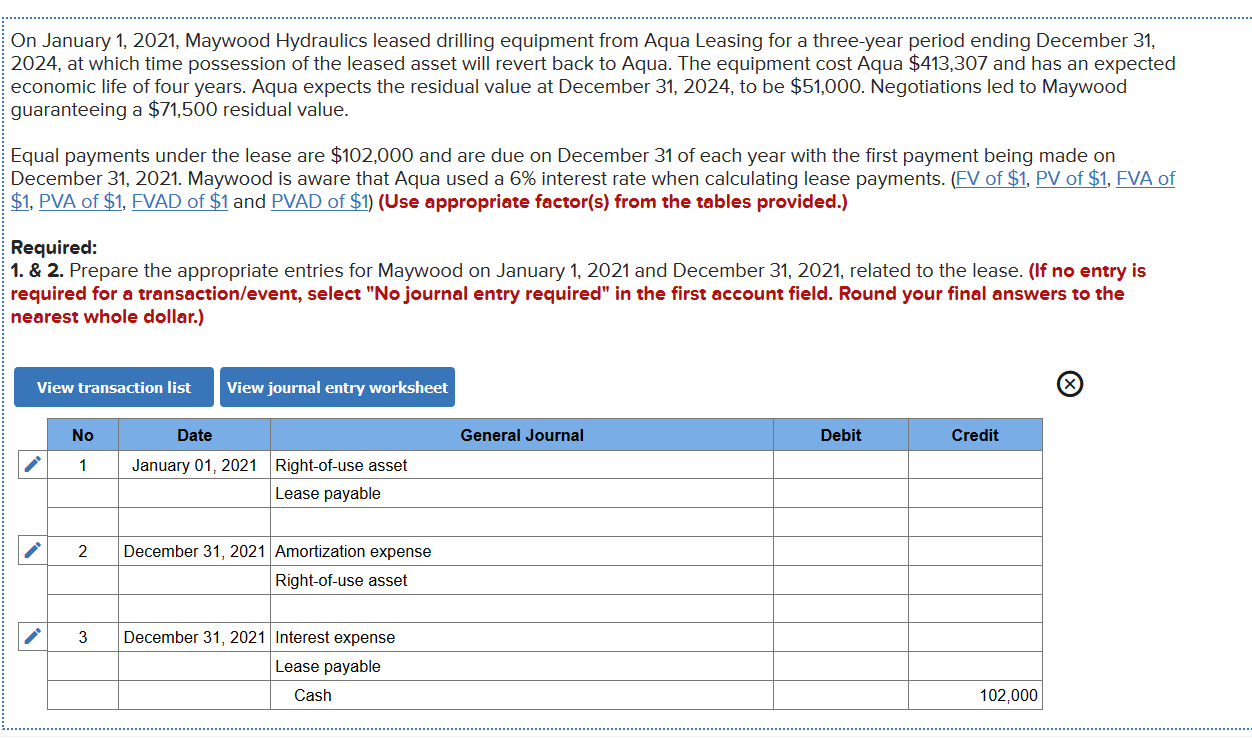Fluid flow can do some pretty amazing things, from cutting precise lines in steel to forming the Grand Canyon – it all depends on how much, where, and how fast. In this Drilling Minute, we’ll learn how mud flow is optimized for PDC drilling with bit hydraulics.
Bit hydraulics is simply how drilling hydraulics is manipulated by the bit. PDC drilling creates a lot of damaging heat, so one goal of bit hydraulics is to keep the cutters cool. It also has to clean the hole and the bit, which turns out to be an important distinction.


Drilling Hydraulic Calculations
Drilling Hydraulics (HY) – Stand-alone Chapter of the IADC Drilling Manual, 12th Edition This chapter of the 12th edition of the IADC Drilling Manual, explains how hydraulics impact the drilling process. The new eBook discusses what is covered by the broad term “hydraulics”, as well as briefly describing hydraulic-related equipment. The company possesses a fleet of new hydraulic rigs and modern drilling equipment that can be transferred swiftly from one part of the world to another. Iceland Drilling operates internationally and with the record of drilling several hundreds of geothermal wells, the company has well-grounded expertise in international drilling. Hydraulic drills are a type of heavy equipment that can be used in a number of different construction, excavation, and drilling operations. Designed to bore through just about any type of substance, the hydraulic drill is commonly used in various types of excavating projects as well as drilling for oil or natural gas, or even as part of the.
Cuttings Evacuation
Cleaning the hole really means evacuating the cuttings. Just like digging a hole with a shovel, it’s hard to make progress if the hole is filled with cuttings. Cleaning the bit is more like removing clay stuck to a shovel. Both of these problems make digging – and drilling – less efficient, but you do different things to fix them.
Just like large tidal wave can easily move massive objects, you need a lot of volume, or flow rate, to evacuate a lot of cuttings and carry them up the hole. A rule of thumb for the minimum flow rate needed to keep the hole clean is one barrel per minute per inch of bit diameter, but more should be used to ensure evacuation at higher ROP.

With all of the cuttings out of the hole, we still need to keep the bit clean. In the example of clay stuck to a shovel, we wouldn’t clean it by just running water over it; we would spray it with more power by putting our thumb over the end of the hose. In the same way, we can adjust the power at the nozzles by changing them. A good rule of thumb is to keep HSI, hydraulic horsepower per square inch, between 1 and 4 to balance between good cleaning and damaging erosion.
TFA
At a given flow rate, we adjust hydraulic power by changing the total flow area, or TFA. One way is to redesign the bit with more or fewer nozzles, but TFA can also be changed in the field by using different size nozzles. Handy charts are available that give TFA for different nozzle sizes and counts. With the mud properties, flow rate and TFA, you can calculate HSI and pressure drop across the bit.
It is important to remember that hydraulic variables all work together and have to balance out. You want to pump more than enough flow to clean the hole, and you also want to keep TFA low enough to keep the bit clean. But both of these things can be limited by the pump pressure available.
Optimizing bit hydraulics in the field is important because so many variables can change, but where those nozzles are placed and pointed is also important, which is the topic of the next Drilling Minute.
- Available Formats
- Options
- Availability
- Priced From ( in USD )
- Secure PDF
- 👥
- Immediate download
- $40.00
- Printed Edition
- Ships in 1-2 business days
- $40.00
- Printed Edition + PDF
- Immediate download
- $54.00
Customers Who Bought This Also Bought
Appendix (AP) - Stand-alone Chapter of the IADC Drilling ...
Priced From $50.00Automation (AU) - Stand-alone Chapter of the IADC Drillin...
Priced From $50.00Cementing (CE) - Stand-alone Chapter of the IADC Drilling...
Priced From $75.00Drilling Practices (DP) - Stand-alone Chapter of the IADC...
Priced From $80.00
About This Item
Full Description

The new eBook discusses what is covered by the broad term 'hydraulics', as well as briefly describing hydraulic-related equipment. Hydraulic parameters, such as density, viscosity, yield point, rheology models, flow rate and fluid velocity are covered. Velocity and circulation rate determinations for both duplex and triplex pumps are discussed. Applications of hydraulics, including estimating bottomhole pressure and wellbore pressure management are covered, as is annular velocity. Five color illustrations and charts. 8 pages, including index.
Browse related products from International Association of Drilling Contractors
Drilling Hydraulics Excel
- International Association of Drilling Contractors >IADC Drilling Manual Chapters
